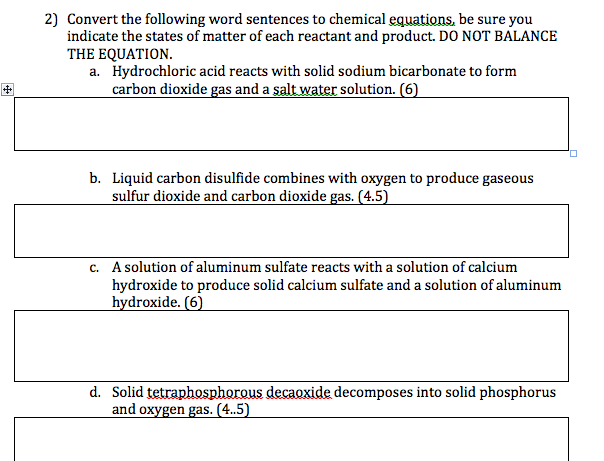
Scientist Amaeo Avogadro first distinguished molecules from atoms in 1811.Ītoms and molecules are too small to directly measure. Many people in this country have reservations concerning the safety of atomic energy.Īn atomic clock is accurate to within 1 second in 1.7 million years.Įvery second, a hurricane releases as much energy as the explosion of a Hiroshima-type atomic bomb. In March of 1950, the Soviet Union announced it had built an atomic bomb.

The United States conducted its first test of an experimental atomic bomb at 5:30 a.m. In science, each element is composed of a different type of atom. The dropping of the atom bomb on Hiroshima signaled the beginning of an era in which man has become capable of destroying all life on our planet. This is definitely an implication: \(P\) is the statement “Bob gets a 90 on the final,” and \(Q\) is the statement “Bob will pass the class.When we perceive of something as being 'hot,' it is because the atoms in the material are moving rapidly. If Bob gets a 90 on the final, then Bob will pass the class. This leaves only one way for an implication to be false: when the hypothesis is true and the conclusion is false. To agree with the usage above, we say that an implication is true either when the hypothesis is false, or when the conclusion is true. The truth value of the implication is determined by the truth values of its two parts.

Still, it is important to remember that an implication is a statement, and therefore is either true or false.

We make no claim about the conclusion in situations when the hypothesis is false. This is a reasonable way to think about implications: our claim is that the conclusion (“then” part) is true, but on the assumption that the hypothesis (“if” part) is true.


 0 kommentar(er)
0 kommentar(er)
